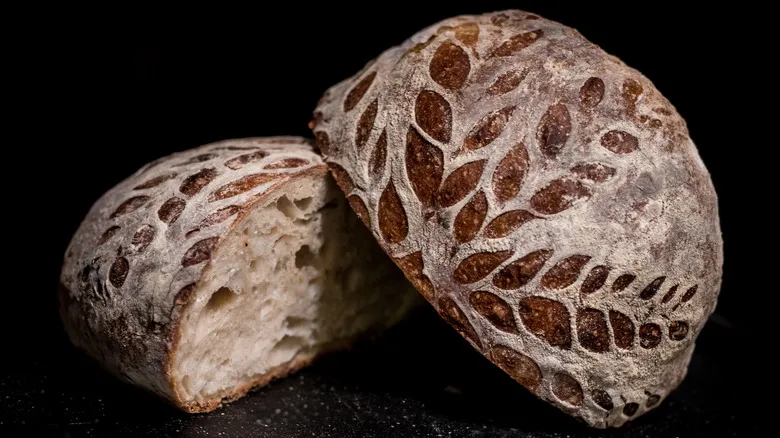The science of oven spring
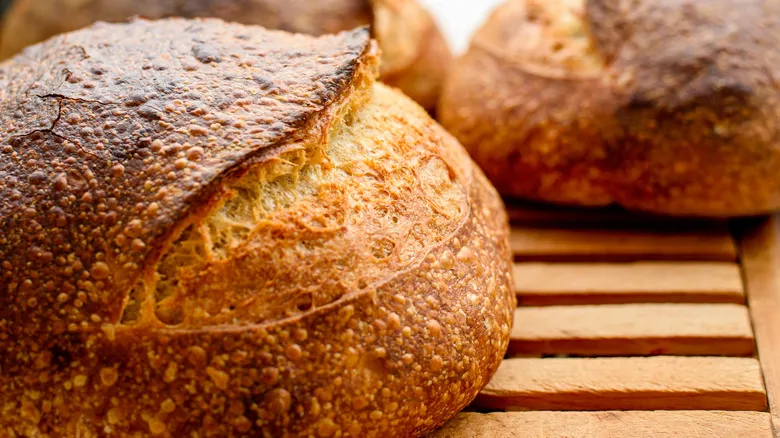
Scoring is fundamentally a method for managing oven spring, so let’s explore what oven spring actually entails. It relates to how yeasted breads rise. Yeast is a living organism that, much like humans, continuously releases carbon dioxide gas. This gas is responsible for the rising of bread, and while most of the rising occurs outside the oven as the dough prepares for baking, there is always a final surge that takes place when the dough is exposed to heat.
This last rising phase, known as oven spring, typically occurs within the first 10 minutes of baking. During this period, the sudden increase in temperature accelerates the yeast's respiration, resulting in a significant release of carbon dioxide. As the gas expands due to the heat, it becomes trapped within the gluten structure of the dough, forming the delightful air pockets we associate with a rustic loaf.
However, there is a limit to how much a loaf can expand—eventually, some of the gas must escape. By scoring the top of your loaf before baking, you create a designated path for the gas to exit. If you skip this step, the carbon dioxide will find a way out on its own, leading to random ruptures in the crust. You may also notice blowouts, which appear as large bulges on the sides of the loaf.
How to properly score bread
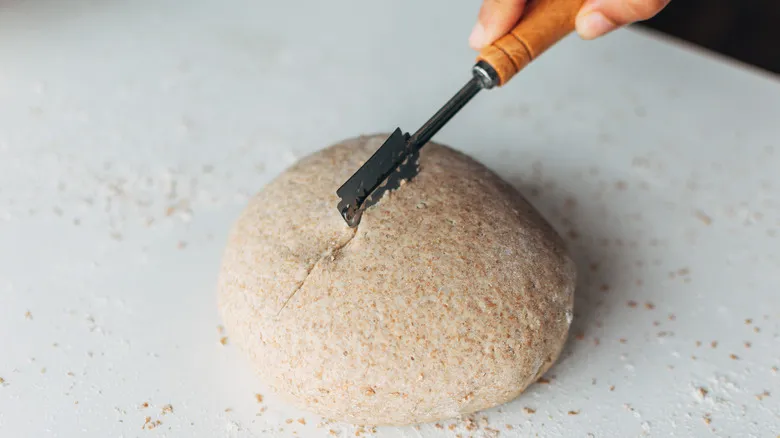
To avoid unsightly crusts and blowouts, it's essential to score any type of rustic, crusty bread. Bakers use a specialized tool called a lame (pronounced LAHM) for this purpose, which is essentially a curved razor blade. If you don’t have a lame, a standard double-edged razor blade will work just fine. The most important factor is to ensure the blade is extremely sharp; a dull blade can catch on the sticky dough, resulting in rough and uneven scoring.
There are several techniques for scoring bread. For novice bakers, it's advisable to start with one or two long slashes running lengthwise along the crust, or, if you're shaping a round boule, creating a cross pattern. It's crucial to make each cut in one swift motion, as dragging the blade slowly can lead to snags and irregular lines.
As you become more skilled, you can experiment with scoring patterns using smaller cuts. One popular technique mimics the appearance of a wheat stalk, and it’s simpler than you might think. Begin at the top of the loaf and make a series of diagonal cuts, first moving down the length of the loaf and then back up, resembling the V-shaped stitches on a baseball. Initially, it may not look impressive, but the oven spring will cause each small slash to bloom into a lovely leaf shape.
Not every type of bread needs scoring
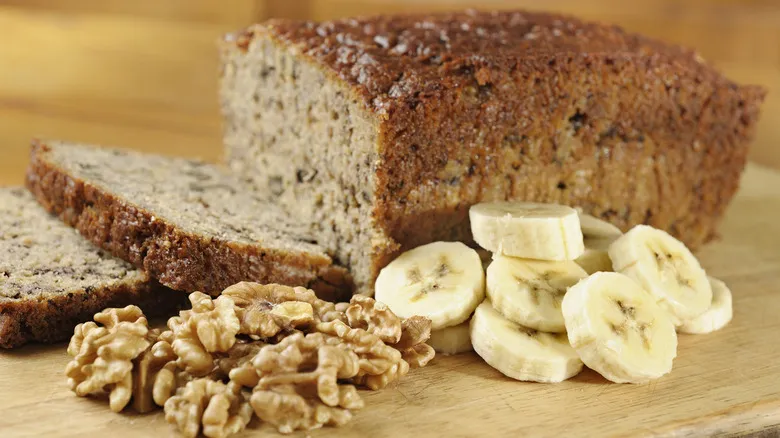
Scoring bread is an important process for certain types of loaves, but not all breads require it. When following a recipe, it should indicate whether the specific bread needs to be scored. In general, scoring is applied to artisanal loaves with hard crusts that are baked at the highest temperatures your oven can reach. Breads baked at lower temperatures typically do not need scoring, as the oven spring effect is less pronounced.
Since oven spring is a result of yeast activity, scoring is primarily necessary for yeasted breads. This means that many quick breads, like banana bread, can be baked without scoring. While there may still be some air escaping, resulting in a crack on top, it won’t lead to the dramatic issues that can arise with sourdoughs and baguettes. Additionally, flatbreads such as pita, naan, and focaccia do not require scoring, as they do not rise significantly, and breads made from high-hydration doughs may be too wet to score effectively. Always adhere to the recipe instructions, and if scoring is required, utilize one of the recommended techniques to make your cuts.
Recommended
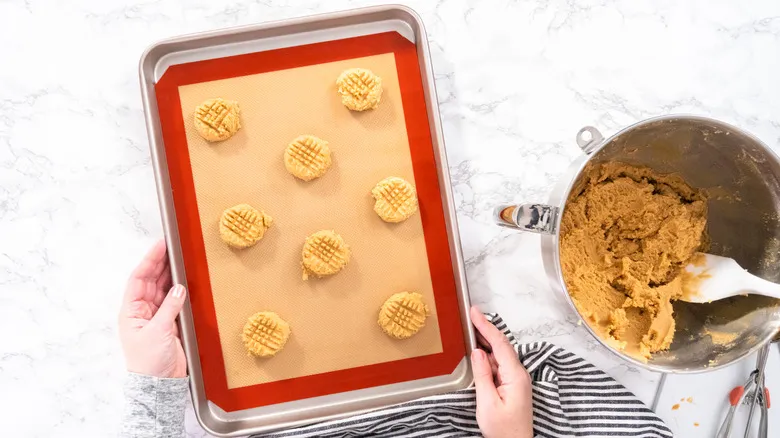
How To Clean Silicone Baking Mats Like A Pro

This US State Is Home To The World's First And Only Barbecue Museum
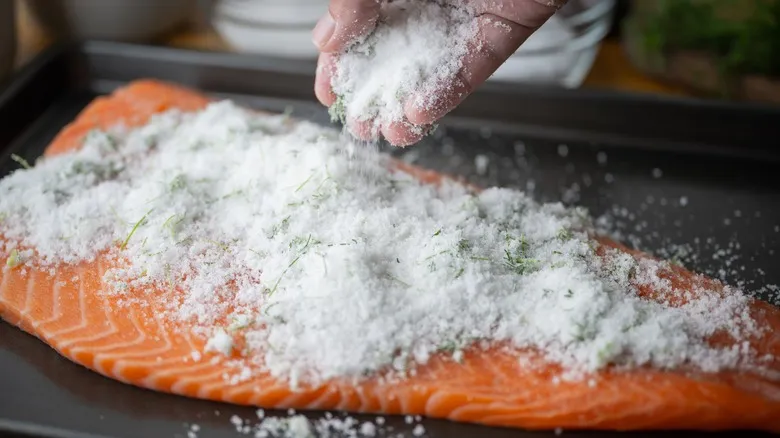
The Foolproof Ratio For Curing Fish At Home
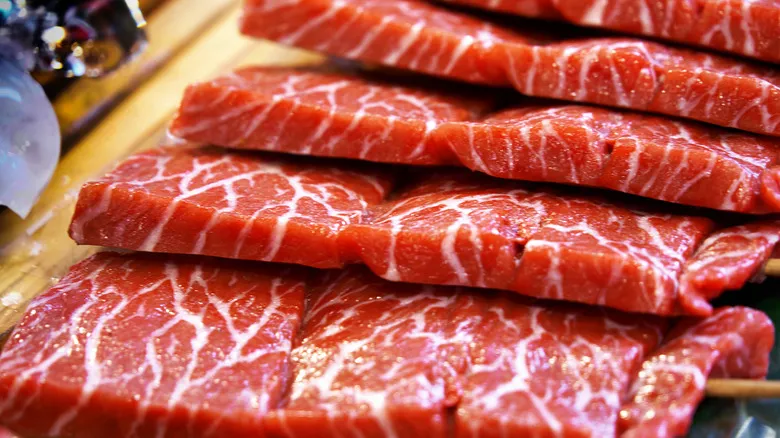
Wagyu Vs Kobe Beef: Which Has The Higher Price Tag?
Next up

